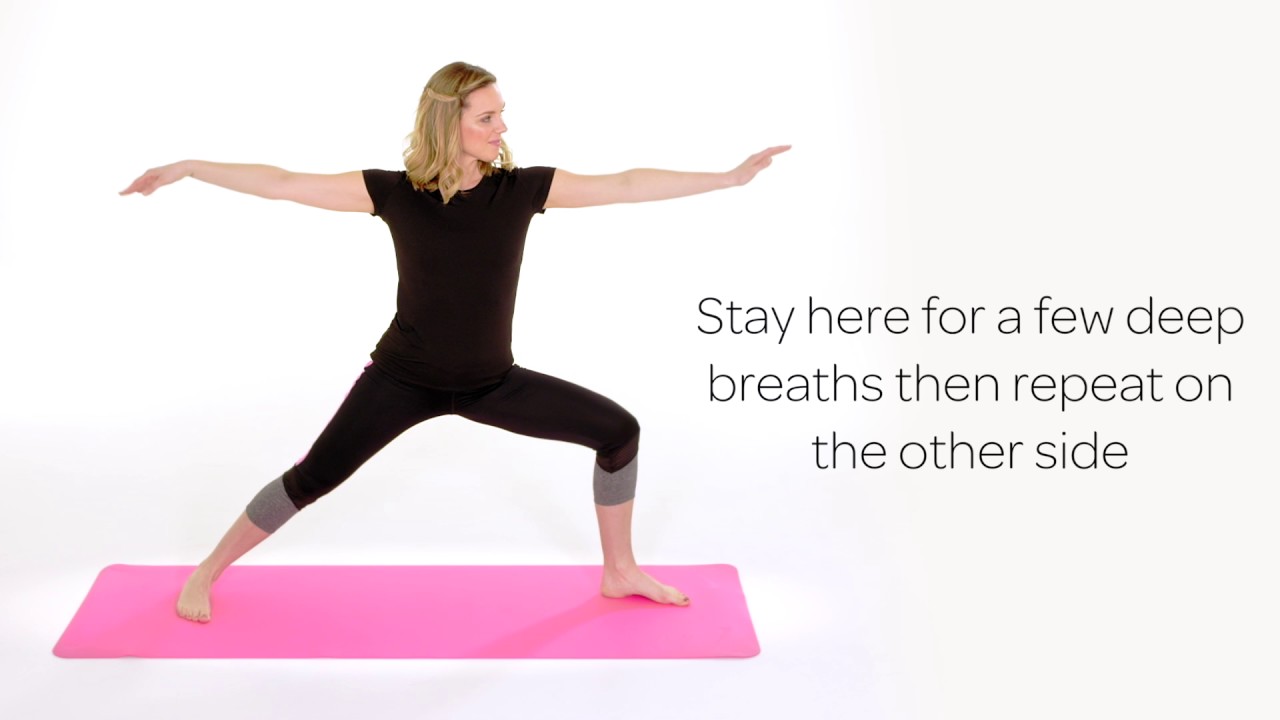
Yoga inversions have many benefits. They increase blood flow, reduce the risk of heart disease, improve self-esteem, and help with stress management. They can also reduce anxiety. If you have trouble making decisions or having a good work ethic, inversions are a great way to improve these areas of your life.
Improves blood circulation
Human body contains more than 60% water and all cells are filled with intercellular liquid. The fluid flows through the vessels and pores to transport oxygen and nutrients. Inverted postures help to improve blood circulation in the body by draining fluid quickly back to the heart. This allows blood to more effectively exchange nutrients with the cells.
Inversions help improve the function and health of the lymphatics, which can eliminate waste and reduce bacteria. These organs are essential to the immune systems. Improved blood circulation in these areas can help strengthen the immune system and improve the body's ability fight off diseases. In addition, inversions can increase blood flow to the brain, which can increase mental performance and reduce stress.
Reduces the risk of developing heart disease
There are numerous benefits of yoga inversions. These poses strengthen your heart, encourage lymphatic circulation, and help to eliminate waste products. These poses improve blood circulation, and can relieve pain. These poses stretch the abdomen, neck, chest muscles, and neck. These poses call for balance and strength because the diaphragm can't be held in a normal place.

Start by lying down on your stomach with your knees bent. Next, place your feet flat on the floor hip width apart. Next, lift your hips off to the floor and keep your spine and chest extended. Lastly, make sure to relax your arms.
It improves self-esteem
Inversions are great for self-esteem because they remind you about your strength and persistence. They can also be very entertaining and a fun way to break up a routine. They can challenge movement patterns and require the body adapt to new positions. Inversions in yoga are not dangerous, even if you are a beginner.
Inversions can be difficult so it is important that you practice yoga regularly and have an experienced teacher. This will allow you to gain confidence and overcome fears. You can practice alone or in a group with a friend.
It reduces anxiety
Yoga inversions can be a great way to reduce anxiety. They allow you to reverse gravity and detoxify your body. They can also energize the mind and stimulate your parasympathetic nervous systems. Before you try any of these inversions, it is important to consult your doctor.
Inverted yoga poses, which involve a lot of blood flow and lymphatic circulation, can cause damage to the cerebral spinal fluid. This increases blood flow, which is crucial for brain metabolism, and increases glucose and oxygen bioavailability. This allows cells to produce neurotransmitters more efficiently as they are able to absorb more of these elements.

Reduces depression
This study explored the effects of inversions in yoga on clinical symptoms of depression. Participants suffering from depression reported lower levels of anxiety, nervousness and depression-related anger. Participants also reported less limitations in their daily activities due to emotional issues. These results can be attributed to a variety of factors, including biological and psychological.
Yoga was shown to improve mood in 25 people with major depression. The severity of depression scores decreased significantly from pre-intervention to post-intervention. The same intervention was repeated with an additional 12 participants.
FAQ
What are some of the benefits of yoga to beginners?
Yoga can improve your posture and flexibility as well as strength, flexibility, breathing control, relaxation, mental clarity, breath control, and muscle strength. It can also help you be more aware of others and the world around.
Yoga can help you live life fully. You can learn to listen and respect your body and mind. Accept yourself for who you are. It is possible to let go tension and stress.
You learn to relax and enjoy life.
What is yoga?
Yoga is based upon alignment, breath control. Meditation and stillness principles. Yoga can be practiced properly to create peace and calm within the practitioner.
Warming up is the most important part of any yoga class. For example, you could start with forwarding bends. These moves loosen tight muscles and prepare you for deeper poses.
Next, you will need to balance in the "standing" pose. Next, stand straight up with your feet and your arms extended. Then, look down towards the ground. Your body should feel rooted, centered, and balanced.
Next, you need to get into deep stretching postures. You will need to lay face-up on the ground and extend your spine as far as you can. Grab onto something sturdy to keep you from falling. If you don’t have anything to hold on to, place your hands on something nearby.
After all these poses are completed, you'll be able to transition into a series or standing poses. These include the mountain pose, warrior pose, downward facing dog, upward facing dog, plank pose, and final pose.
It's important that you take your time and breathe slowly when practicing yoga. Deep breathing is good for your lungs and calms the mind. This can be done by focusing your inhales or exhales. Consider counting every time you take a deep breath.
Yoga can be done anywhere, even while you cook. Just follow the exact same steps but place your feet on the ground instead of laying down.
Yoga can be done in 10 minutes a day, if that is all you have. You can still benefit from yoga, regardless of your age.
What happens if you do yoga every day?
It makes you feel calm, relaxed, and centered. It improves balance, posture, and flexibility.
You become more conscious of your body and how it reacts to movement. This awareness helps you to be more mindful and aware of your own body.
Yoga can help you improve your concentration.
Your mind will be sharper and clearer. It calms your nervous system. It decreases stress levels. It also gives you a sense if peace and well being.
How does yoga change your body?
Yoga helps you relax and stretch. It can also make you feel great. This is because yoga increases flexibility, strength and decreases stress. This improves sleep quality and concentration. It also increases energy levels.
Yoga improves blood flow and makes it less likely that you will get the flu. Because yoga encourages deep breathing, oxygen to your brain is increased.
Yoga relieves tension, pain, and helps with stress. The postures are good for strengthening muscles and joints.
You should therefore practice yoga daily to maintain your health and happiness.
Do I need to get warm before doing yoga?
No. No.
Stretching before you go to the gym can help ease stiff muscles.
Are there any side effects to yoga?
Yoga has risks like any other form of physical activity. The main risk is injury. The main risk is injury.
You might feel dizzy or faint if you are new to yoga.
This is due to blood pooling within your brain. Don't worry, though; this sensation goes away quickly.
Do you feel chest pains when doing downward-facing dog? Don't hold the breath. It will only make the situation worse and increase your heart rate.
Statistics
- Lock in 25% off your Founding Member rate. (corepoweryoga.com)
- According to the Agency for Healthcare Research and Quality, falls are incredibly common among older adults in nursing facilities. Even the simplest ones can increase the risk of death (24). (healthline.com)
- A 2020 review of 27 studies (1,805 total participants) of yoga interventions in children or adolescents found reductions in anxiety or depression in 70 percent of the studies, with more promising results for anxiety. (nccih.nih.gov)
- According to calorie estimates calculated at Harvard Medical School, the average 125-pound person burns about 120 calories in a half hour of hatha yoga, and a 185-pound person burns about 178 calories in that half hour. (everydayhealth.com)
- The people in the yoga group were 37 percent more likely to have quit smoking by the end of the 8-week program. (nccih.nih.gov)
External Links
How To
What is your ideal position for practicing yoga?
There is no one right way to do yoga. Each person has their own style. Only you need to choose the positions that feel most comfortable.
Here are some examples of common postures:
Standing poses – Standing poses are perfect for beginners. They allow you to focus more on your breathing.
Forward bends - Forward bends are often used to open up tight areas of the body. These can be done while you are sitting or lying down.
Backbends - Backbends are generally considered advanced poses. Your instructor will be able to help you if you are interested in trying one.
Inversions-Inversions are a pose that requires you to balance your body upside down. This is a difficult but rewarding form of yoga.